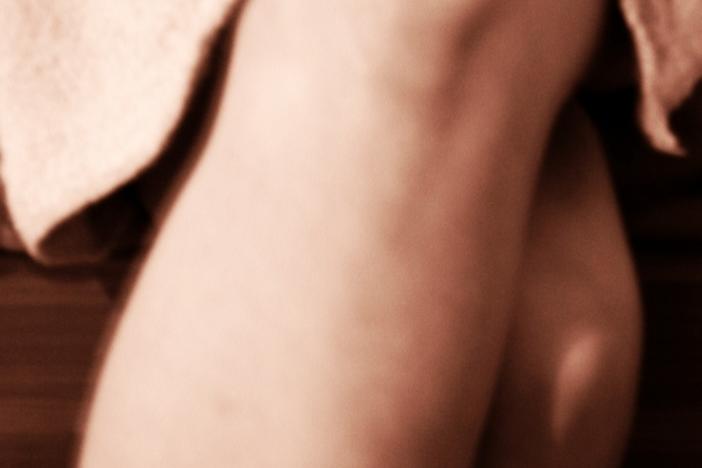
Section Branding
Header Content
Baby, It’s Cold Outside: Tips to Stave Off Frostbite and Hypothermia
Primary Content

Jack Frost may nip your nose but sometimes he takes a bite. The result is frostbite which can range in severity from superficial freezing of the top layer of your skin (“frostnip”) to severe and permanent damage due to frozen muscle and bone that can lead to amputation. Frostbite is especially fond of the ears, nose, fingers, and toes.
Symptoms to Look For
With frostbite, the skin becomes white or grayish yellow. It begins to feel unusually waxy or firm. The affected area can hurt. With frostbite, pain can actually be your friend. The trouble really begins when sensation of pain disappears. You can have frostbite and not know it because the tissues get numb.
Treatment: Do’s and Don’t’s
Do warm up. Warm up using warm water but make sure the water is not too hot. Use your own body heat to warm affected fingers. Put them in your armpits.
Don’t massage. Don’t use a heating pad or the heat of a fireplace. If these affected areas are numb, you could burn yourself and not know it.
Stay Protected
Clothing Matters.
Layer your clothing and don’t forget a windproof shell. This will keep a warm layer of air next to your body.
Choice of fabrics matter.
Wool or fleece insulate even when wet.
Wear hat, scarf, and gloves.
Mittens are even better.
A scarf or facemask over your mouth and nose will preheat the winter air.
Protect your tootsies.
Wear 2 pairs of socks: a liner to wick away moisture under a wool sock.
For snow and ice, waterproof boots are a must, but make sure they are not too tight. Boots that are too tight can cut blood flow.
Stay hydrated.
Don’t drink only when thirsty.
Drink a few sips of water every half hour or so.
Secondary Content
Bottom Content





